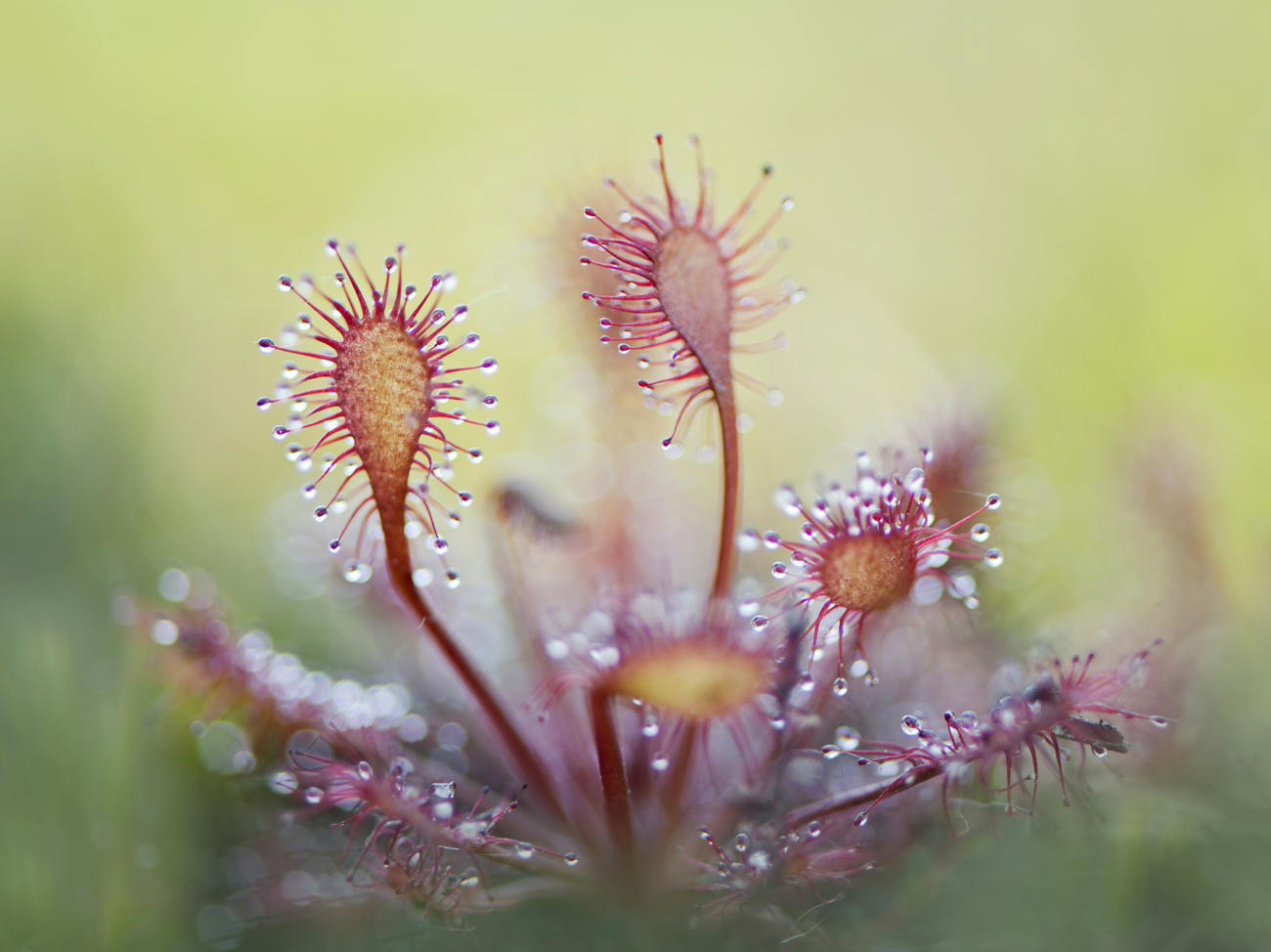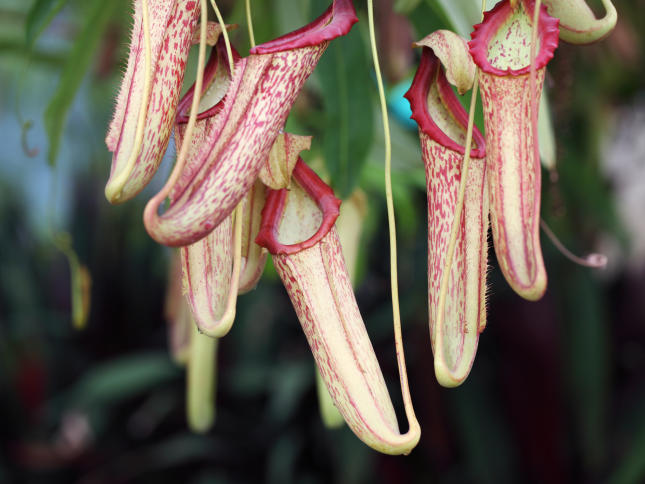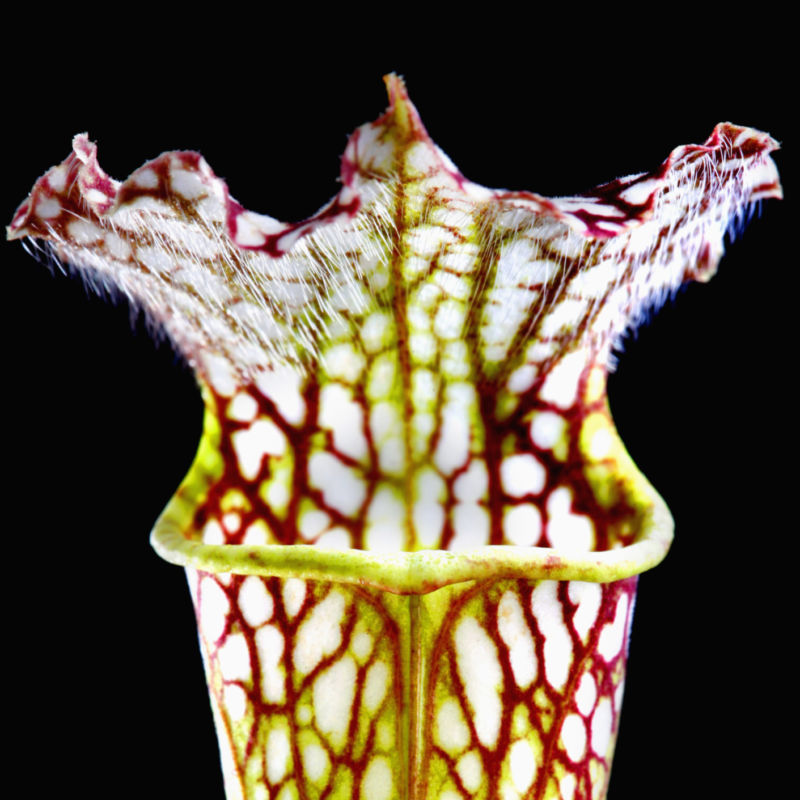
Grow These 4 Carnivorous Plants Indoors—You’ll Never See Another Gnat at the Kitchen Sink
When you’re bugged by bugs, cultivate these fly-eaters and rid your home of the insect menace

1. Sundews (above)
How they make the kill: The fuzzy stems of sundews (Drosera) are coated in drops of dew, which are actually digestive enzymes that attract and dissolve prey.
Keep them happy: As houseplants, they need bright light and warm (above 40°) temps. Your best bet is a sunny windowsill. Pot them in a mixture of ½ peat moss and ½ sand or 2 parts peat moss to 1 part perlite. Set the container in a deep tray, and keep the tray filled with (collected rain, distilled, reverse osmosis, or de-ionized) water.
2. Monkey Cups

How they make the kill: Native to nutrient poor soils, monkey cups have dangling pouches that capture and dissolve insects for food. Monkey are known to drink from them, hence the name.
Keep them happy: Grow monkey cups in 3 parts sphagnum moss to one part of a course material, such as perlite, orchid bark, pumice, or lava rock. Their pendulous nature makes them ideal for hanging baskets. Be sure the container has drainage. Unlike most other carnivorous plants, they don’t like sitting in water at all times, so be sure to let the plant drain freely. Keep them in a spot with bright indirect light.
3. Venus Flytraps
How they make the kill: When the plant’s trigger hairs inside are touched, its elegant eyelashes turn into teeth that snap shut—even emitting a slight electrical current as they close.
Keep them happy: Plant flytraps (Dionaea muscipulain) a mix of 1 part horticultural sand to 1 part peat moss. Just like sundews, place containers of flytraps in trays, and keep the soil wet year round with (collected rain, distilled, reverse osmosis, or de-ionized) water. Flytraps will thrive in a sunny window.

